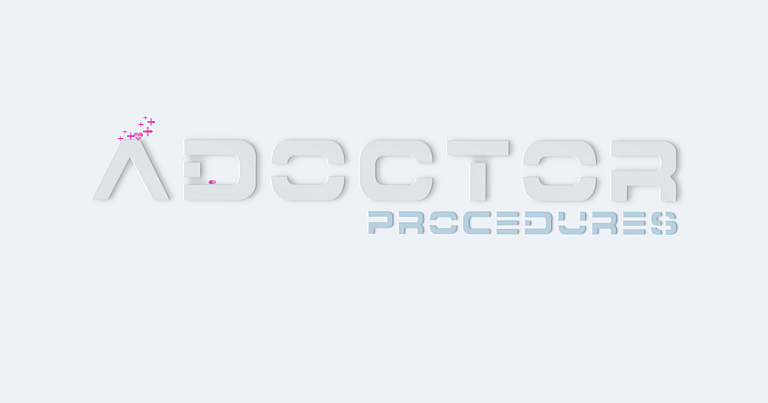What is Deep Brain Stimulation: Overview, Benefits, and Expected Results

Definition & Overview Deep brain stimulation (DBS) is used to treat neurological disorders, which occur when the brain and the muscles are unable to communicate properly. This causes the patient to make involuntary and repetitive movements. DBS is also used…
What is Creation of Pericardial Window or Partial Resection for Drainage: Overview, Benefits, and Expected Results

Definition & Overview The process of creating a pericardial window is a method used by surgeons to drain excess fluid that has accumulated in the pericardium. The pericardium, also called the pericardial sac, is a double-layered sac that envelops the…
What is Cordocentesis: Overview, Benefits, and Expected Results

Definition and Overview Cordocentesis is one of the earliest methods used in prenatal diagnosis. Also referred to as percutaneous umbilical cord blood sampling (PUBS), this invasive procedure is performed to obtain fetal blood sample and test it for possible disorders…
What is Colon Cancer Screening: Overview, Benefits, and Expected Results

Definition and Overview Also known as colorectal cancer or bowel cancer screening, colon cancer screening is any of the examinations that are meant to diagnose the presence of colon cancer or polyps that may lead to cancer in the rectum…
What is Dacryocystorhinostomy: Overview, Benefits, and Expected Results

Definition and Overview Also referred to as DCR, dacryocystorhinostomy is a surgical procedure that aims to correct the flow of tears from the eyes to the nose by creating another passageway toward the latter. This is performed when the nasolacrimal…
What is Craniotomy: Overview, Benefits, and Expected Results

Definition and Overview A craniotomy is a surgical procedure that involves a portion of the skull called the cranium, which protects the brain. The skull is composed of more than 20 different bones; eight of them make up the cranial…
What is Control of Oropharyngeal Haemorrhage: Overview, Benefits, and Expected Results

Definition & Overview Control of oropharyngeal haemorrhage is a procedure that is commonly composed of several methods that are combined to stop and manage massive bleeding in the oral cavity and the pharynx. It typically occurs after surgery to the…
What is Colon and Ileum Removal: Overview, Benefits, and Expected Results

Definition and Overview The colon, also known as the large intestine, is connected to the small intestine by the ileum. When certain gastrointestinal conditions cause irreversible damage to both the colon and the ileum, it sometimes becomes necessary to remove…
What is Cystostomy: Overview, Benefits, and Expected Results

Definition & Overview A cystostomy is a procedure wherein the urinary bladder and the skin are surgically connected to drain the urine through a tube that comes out through the abdominal wall. It is necessary for patients who are unable…
What is Craniosacral Therapy: Overview, Benefits, and Expected Results

Definition & Overview Craniosacral therapy is a form of alternative medicine designed to improve the flow of cerebrospinal fluid that surrounds the brain and spinal cord. The fluid serves as a cushion against injuries to these important parts. The technique…
What is Controlling of Nasal Haemorrhage: Overview, Benefits, and Expected Results

Definition & Overview Nasal haemorrhage is a medical condition characterised by excessive bleeding in the nostril, nasal cavity, and nasopharynx. It is also known as epistaxis or, more commonly, nosebleed. This condition is quite common and rarely fatal. However, the…
What is Colectomy: Overview, Benefits, and Expected Results

Definition and Overview Colectomy, also referred to as large bowel resection, is a surgical procedure that involves removing a part of or the entire colon due to excessive damage caused by diseases or other medical conditions. The colon is part…
